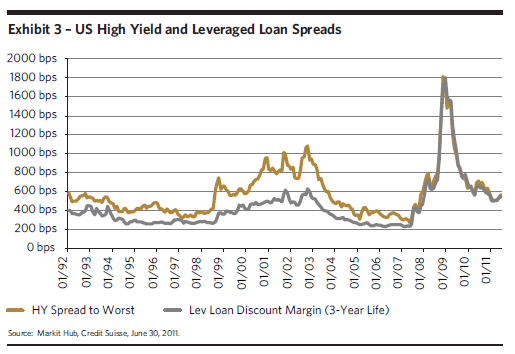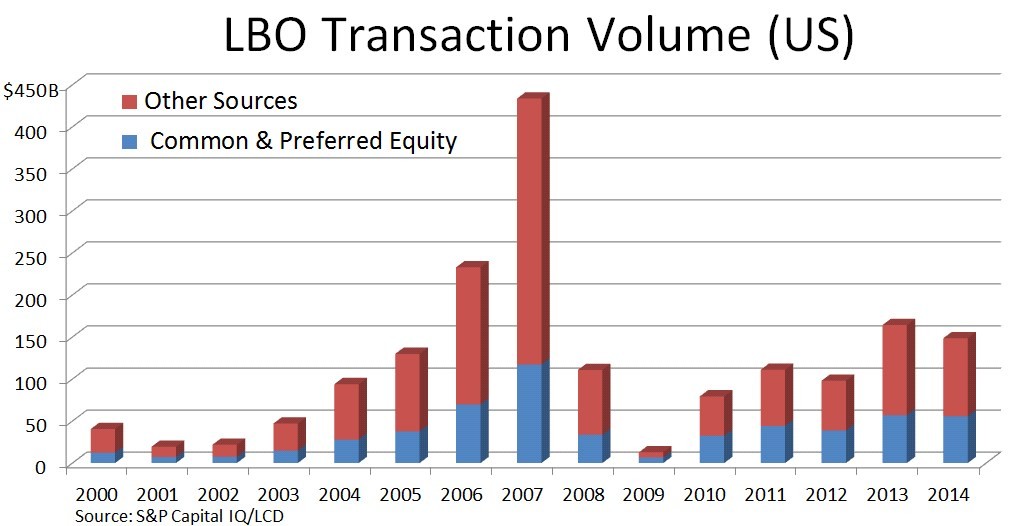Changes in LIBOR Administration Impact on Loan Documents
Post on: 21 Август, 2015 No Comment

Changes in LIBOR Administration: Impact on Loan Documents
02/07/2014
Loans may bear interest at either fixed or floating rates, sometimes at a borrowers option as specified in the borrowers loan documents. Loans that bear interest at a floating rate are tied to a market index to calculate the rate on a regular basis defined in the loan documents — daily, weekly, monthly, quarterly, etc. LIBOR is often used as the basis of determining the floating rate in these loans and in a range of other financial transactions, including futures. In 2012, as reported by The Economist. LIBOR formed the basis of the interest rate in almost half of all flexible rate mortgages in the United States and in financial transactions overall worth an estimated $300 trillion worldwide. The $300 Trillion Question, The Economist. Sep 29, 2012.
LIBOR stands for the London Interbank Offered Rate. It is designed to generate the wholesale rate at which major commercial banks in the London market would lend money to each other for a defined period of time. Until recently, LIBOR was administered by the British Bankers Association (BBA). However, as of February 1, 2014, upon conclusion of a tender process administered and initiated by the U.K.s Financial Conduct Authority, administration of LIBOR has been transferred from the BBA to the ICE Benchmark Administration Limited (ICE).
The change in administrator should not, based on current information from ICE, lead to a change in the method by which LIBOR is calculated. See: https://www.theice.com/publicdocs/IBA_LIBOR_FAQ.pdf. As a result, and so long as this remains the case, the impact to lenders and borrowers from the change of administrator should be slight. However, existing loan agreements, credit agreements, indentures and other documents utilizing LIBOR as an index may often contain references to the BBA in the definition of LIBOR. Here is an example from a commercial finance loan agreement:

LIBO Rate means for any Interest Period with respect to a LIBO Rate Loan, the rate per annum equal to the British Bankers Association LIBOR Rate (BBA LIBOR), as published by Reuters (or other commercially available source providing quotations of BBA LIBOR as designated by the Agent from time to time) at approximately 11:00 a.m. London time, two Business Days prior to the commencement of such Interest Period, for Dollar deposits (for delivery on the first day of such Interest Period) with a term equivalent to such Interest Period.
Documents utilizing definitions that tie LIBOR to the BBA accordingly may need to be amended. Some forms of credit agreement may contain language expressly allowing for LIBOR to be calculated by a successor to the BBA or may not refer to the BBA at all. In those cases, the change from BBA to the ICE may not require any change to the document.
Lenders and borrowers are advised to review their loan documents to determine whether any technical amendments are needed now to reflect the change in the administration of LIBOR from the BBA to the ICE. Lenders and borrowers may also want to review their forms as a general matter to determine if additional changes should be made to their LIBOR provisions to allow for continuing succession in administrators, changes in methods of calculation, and an alternate means of determining an index rate if LIBOR becomes entirely unavailable.














